It was this site’s Inspiration column (Japanese edition) in November, 2014, that Ayumi Toda and her hand crafted efforts were initially introduced. The article caught the attention of Kokka’s creative director and led to the birth of “tayutou” in June, 2016, which is her collaborative textile line with Kokka. Here is a special interview with such a great talent spawned from this site.
Yes. I loved home economics class since elementary school. I looked for hours at my mother sewing and often stayed in my auntie’s dressmaking room to make something with remnant. I was a happy homebody when I was young.
That’s right. My high school was a newly established and had a focus on English education, and there was no practical home economics class. During my college years, I worked at a kids’ clothing store as a part-time sales staff. Thanks to the decorator from an apparel company who taught me a lot, I got interested in store interior design.
After graduation from college, I started to study at an interior design school while doing part-time jobs. Then I got an opportunity to work at a design office, which was run by one of the design school instructors. That’s how I stepped in the design industry.
At first, I was mainly in charge of interior design projects for clothing shops and apparel retailers. In those days we were in the transition period to computer design mode. While some designers consistently kept traditional manual design mode with hand-drawing, the others shifted to CAD or used the both. Under such circumstances, I could improve my skills with both hand-drawing and CAD.
One of the senior-designers was unfamiliar doing designs on a Mac, so he threw all of his digital design projects at his assistants. It followed that I engaged in anything including graphic designs and creation logos, and ultimately I established my career as a graphic designer in the interior design office.
Being in the interior design office, we were just waiting for orders from clients. I felt like doing something to create and build from scratch.
When I reflected on what I had done and what I would be able to do, the first thing I came up with was about illustration and graphic design. Wondering what the most effective way to depict my own taste in design as fabrica uka and to express my artistic philosophy. I got an idea; “That’s a fabric!” It was not reasoned but intuitive.
I got straight to building my own label’s website as well as organizing my thoughts on business purpose and strategy.
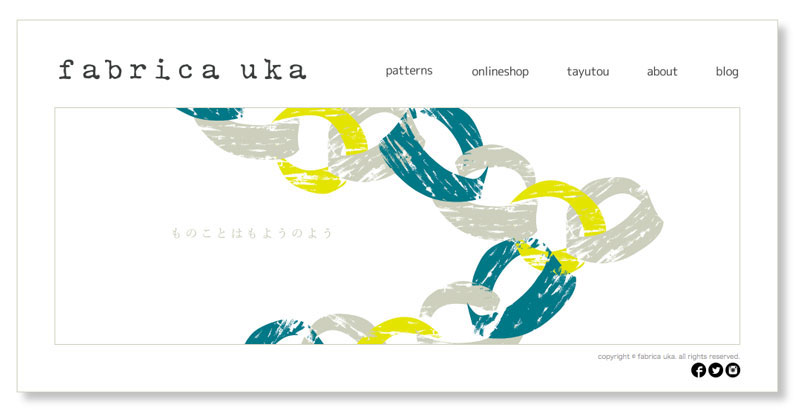
I could have started fabrica uka quietly, so my products and reputation would have gradually spread through word of mouth.
But I decisively established a framework to do business in earnest from the beginning, instead of a low-key startup.
Because I decided to make a living as a designer. Because I intended to show how serious I was. Because I wanted to let anyone and everyone to know what I would create…. With such motives, I needed to create the decent website to catch attention of everyone, regardless of whether they were companies or individuals.
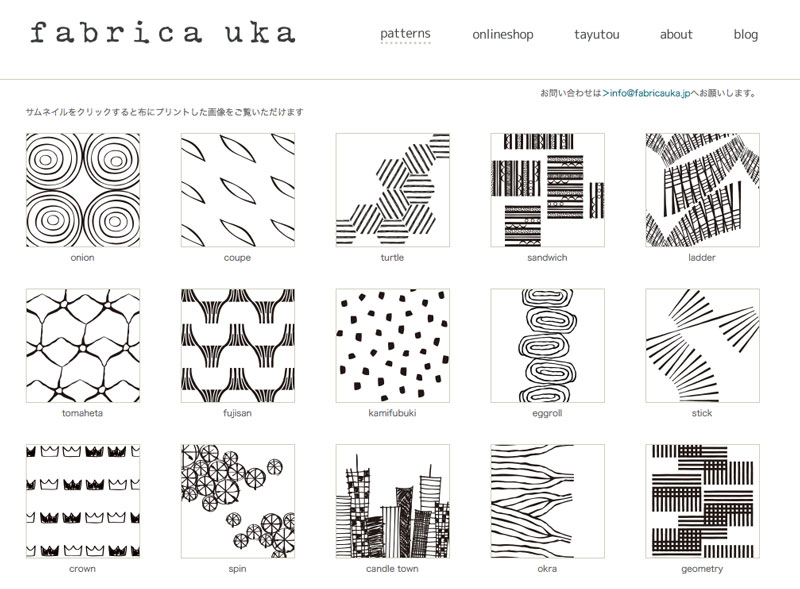
Now I should talk about the process of production. Taking the process of making a bag for example, first you will determine its size, shape, straps’ length, depth of gusset, color, and how to match patterns on seams. At this point, you may be able to hand off the remaining tasks to someone else. However, as for me, there are more things to consider about: how to design the fabric collage or how to embellish the fabric with embroidery. I develop or adjust my design plan accordingly. Since my way is more like freestyle, I am afraid it is impossible to subcontract it to anyone.
My textile line for Kokka “tayutou” is designed more casually to be enjoyed for home sewing projects by anyone. On the other hand, the basic concept of fabrica uka is to offer one-of-a-kind items. My clients have known my production policy, too. I have purposely distinguished between the two brands; one is the production design made with mass-produced textile, the other is the artworks as fabrica uka which are made with hand-printed small lot textile.
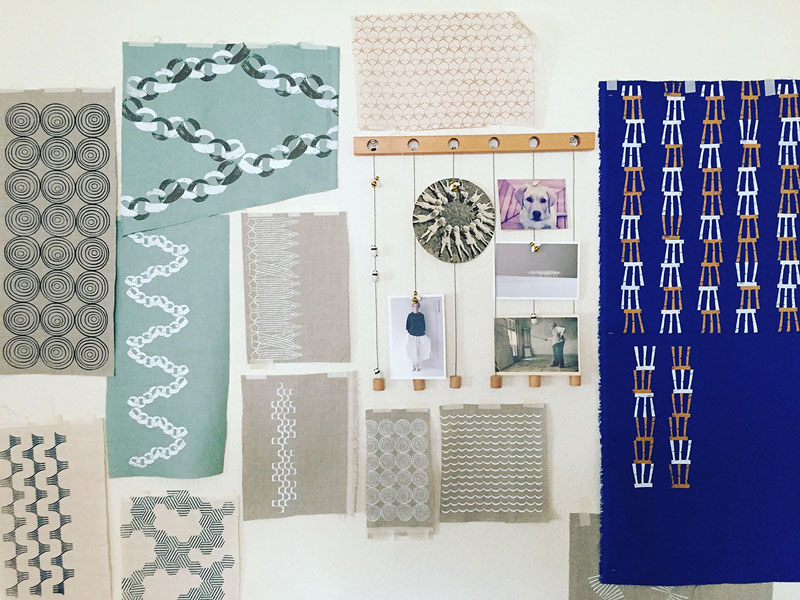
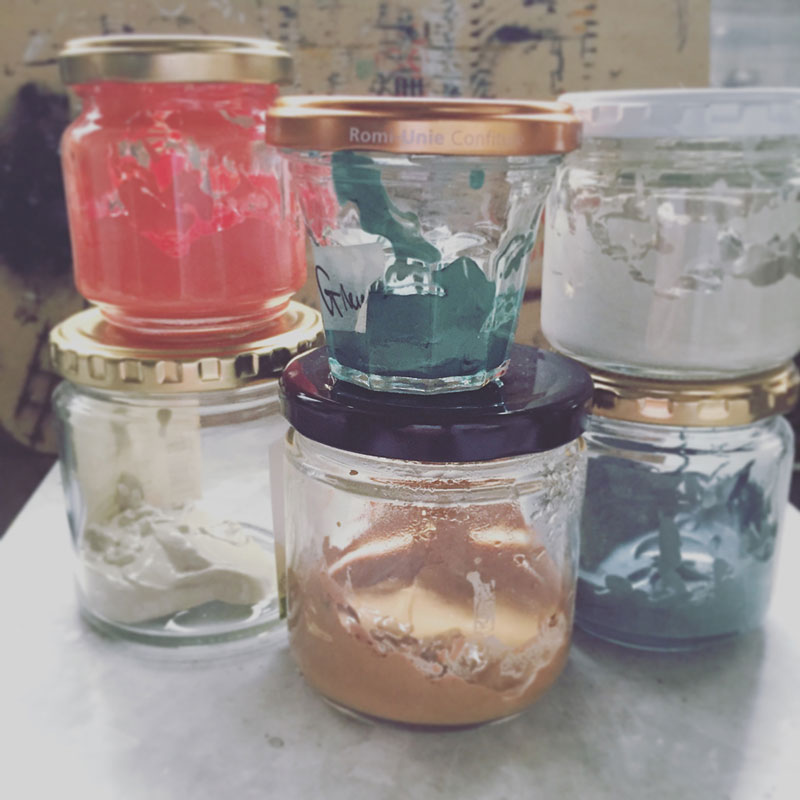
When fabrica uka was launched, I decided to try and tough it out for 3 years with setting my business goal – to create my own textile.
As you’re concerned, yes, it is not easy for me to make a living with only fabruca uka. After all effort and time for each product, I could make only 20,000 yen for a bag or a few thousand yen for a brooch. I never quit because it is essential to continue creating a neat and one-of-a-kind product as branding of fabrica uka. I believe that it will bring me more opportunities to keep presenting this brand identity. In fact, my creation as fabrica uka was featured in this site’s Inspiration column to lead the birth of my own textile “tayutou”. I could achieve my dream within 3 years. I was so lucky!
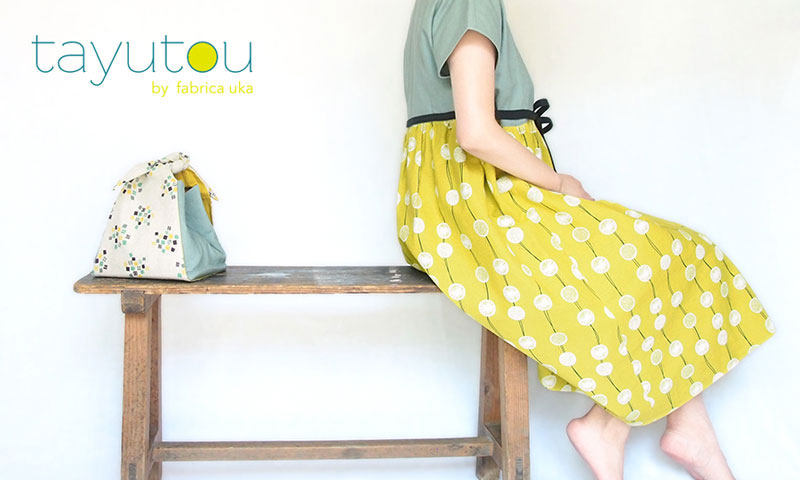
Many people suppose that crafters create what we want to make. The reality is, however, we often have to meet the demands of buyers or art galleries. We sometimes get frustrated with feeling as if we were just a cog in the wheel.
While gratefully accepting the invitations to their events, we occasionally want to enjoy doing as we like with close peers. That’s why we started our own showcase “tenowa”.
Although having held it six times since 2013, we temporarily suspend it this year due to a scheduling conflict with each creator’s own activity. I believe that this suspension can be the preparation period for further development of the showcase from the last six events. In that sense, we made a wise choice rather than having it.
Through making silkscreen printed fabrics for fabrica uka, I had knowledge about designing and printing textiles including how to create repeat patterns. Actually I paid attention to such a technical matter too much and was told by Kokka’s director that it would be their responsibilities not mine.
I designed “tayutou” with my expectation that a motif could be continuously printed to spread all around the fabric. Hence I was very excited to see that my designed motif covering the entire large fabric.
I appreciate that very much! My parents are so excited, too.
Just after the International Quilt Market in Salt Lake City where my first series of “tayutou” was exhibited, my Instagram account got many quilting followers. That surprised me because I had never expected to get feedback from overseas. Some said, “Give your comments in English, even a little.” I was extremely honored.
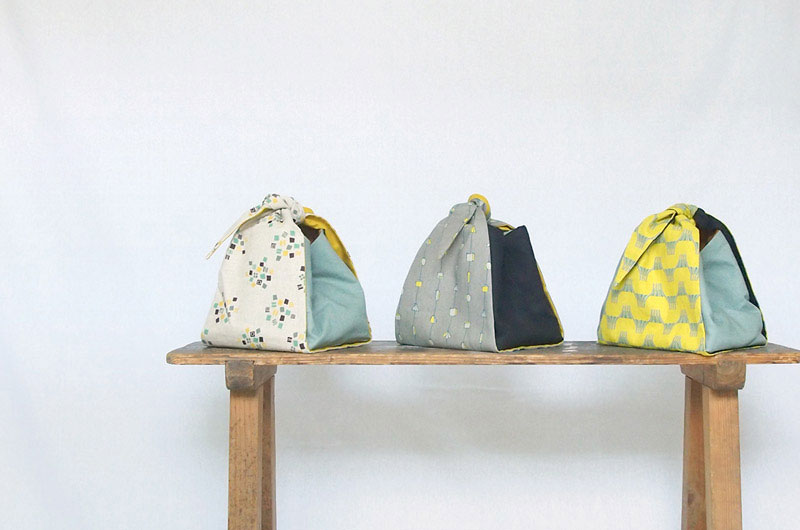
I usually feature various ordinary and everyday objects, such as food or a glass, as motifs and patterns. The stylized depictions of these items are how I view them with my artistic sensitivity. The things and matters in my memory are sometimes designed as motifs or patterns, too. Let me give you an example. The textile “garland”, which I made this year, is inspired by paper chain decoration, which I used to make in kindergarten. That idea suddenly popped up in my mind while I was out and I scribbled it on my pocketbook. Regardless of time and location, I take notes on whatever I come up with. Then I make designs from the brief memos in the notebook when time allows.

I draw anything randomly in a blank space of my sketchbook, including idea of pattern or design of bag. It is seemingly disorganized but brings me a new idea while flicking through the sketchbook. So I keep this method.
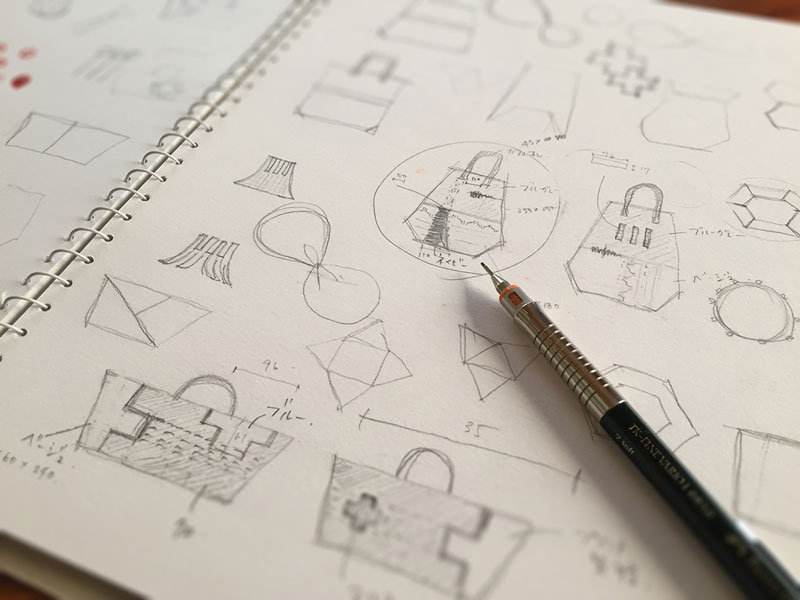
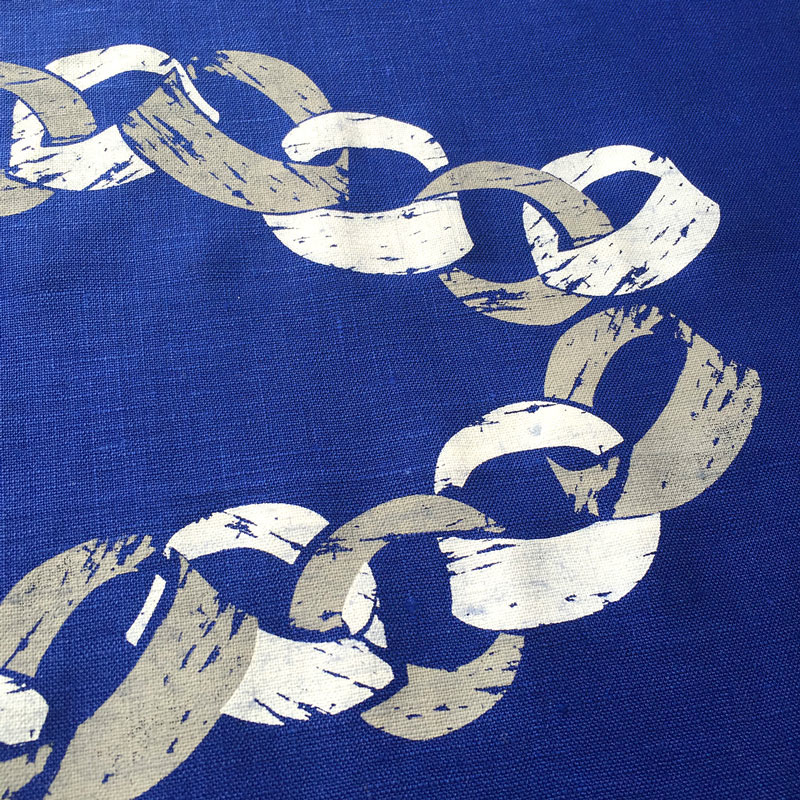
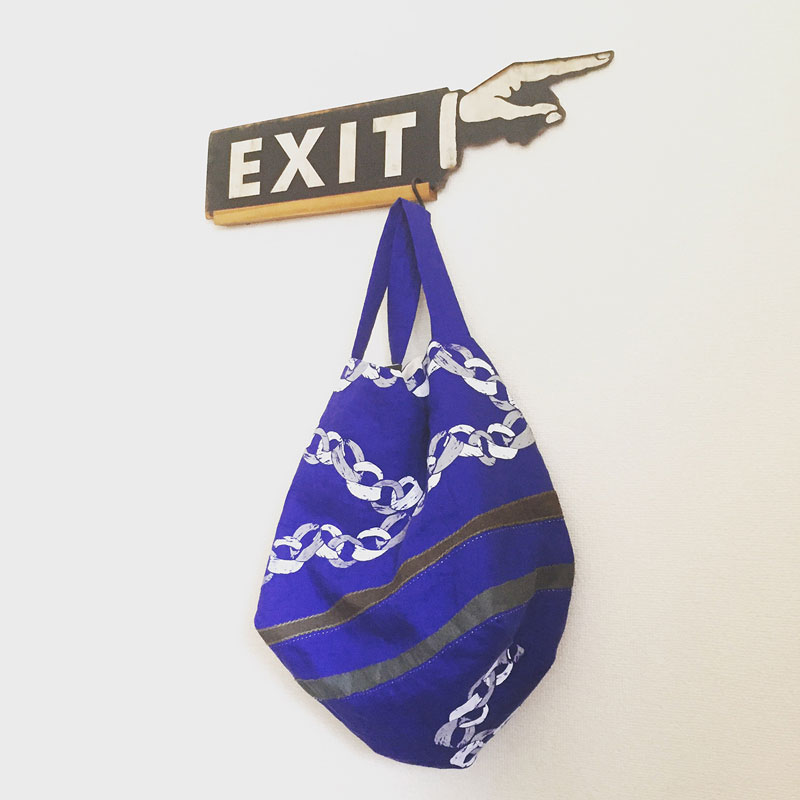
Contrary to artists, designers cannot create anything from nothing. Since I was advised while working at the design office, I have convinced myself that “the design is restructuring the subject matter”.
Thinking back to my first days at the office, I struggled to acquire subjects and knowledge to prove my qualification as a designer. In those days, I could not keep up with my seniors’ conversations. Those guys brought up all kinds of examples including arts, locations and movies to explain at design sites. I could not follow what they talked about. I felt overshadowed, isolated, and chagrined when I was with them. Once, I was directly told by a senior designer, “You know nothing.”
Through such bitter experiences, I took conscious effort to widen my perspectives. When I encountered an unknown case, I pretended to understand it there. But after then, I frantically studied it to acquire new information or ideas for myself.
I was young enough to absorb information. Perhaps not my youth, but huge pressure might make me greedy for success in getting an idea.
In contrast to those days when I desperately looked for subjects, I am recently inspired by everyday life. Sometimes I wander around the neighborhood shrine in the morning to think about “this and that”. These days I feel able to deal with my works and things slowly and comfortably.
The embroidery or stitches give an indented surface and expressive texture to the fabric. Just silkscreen print is lack of finishing touch. While designing the pattern of “tayutou”, I thought “what stitch would be matched for this print?”
All fabric collages and stitches are by hand. It would be plain with a sewing machine. Hand-sewing brings subtly different seam and tasteful finish.
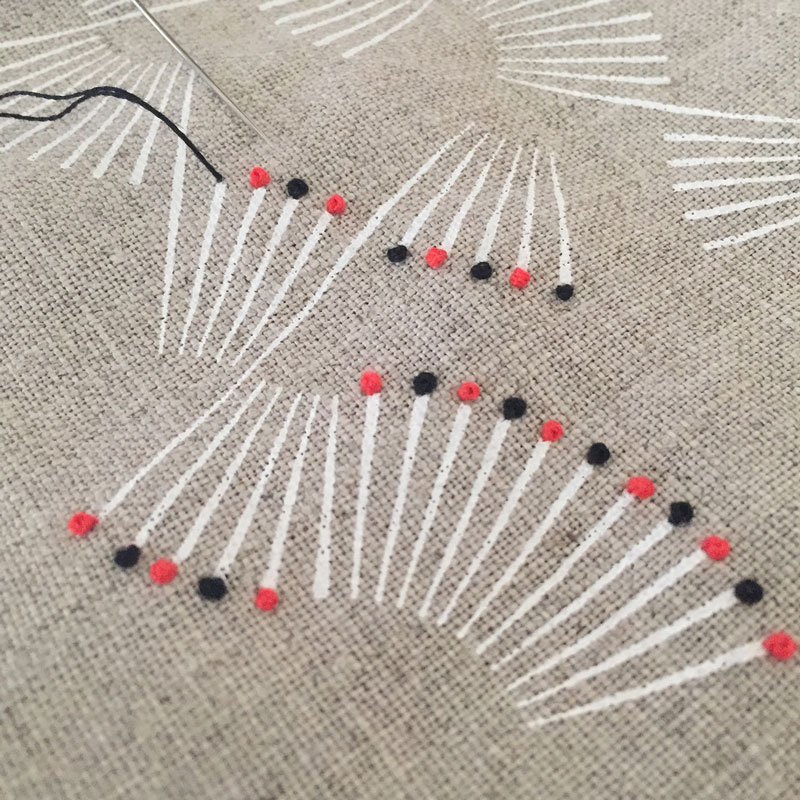
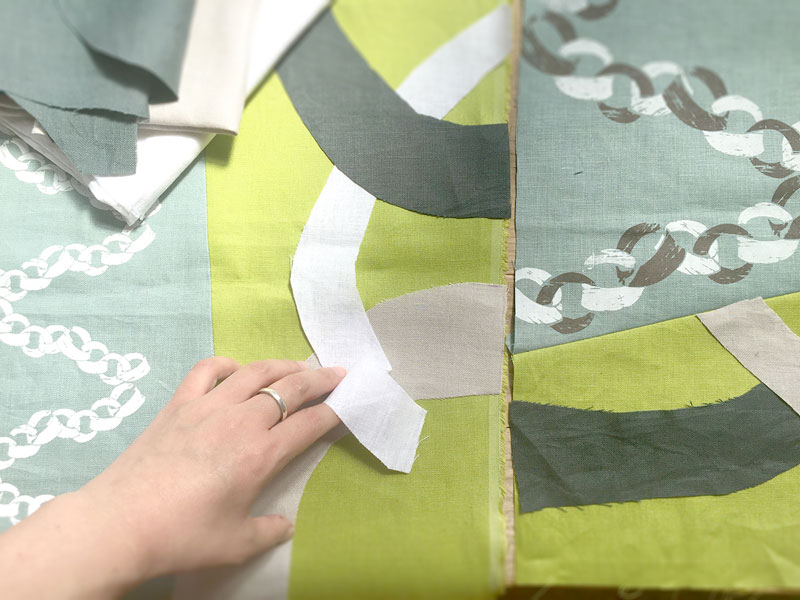
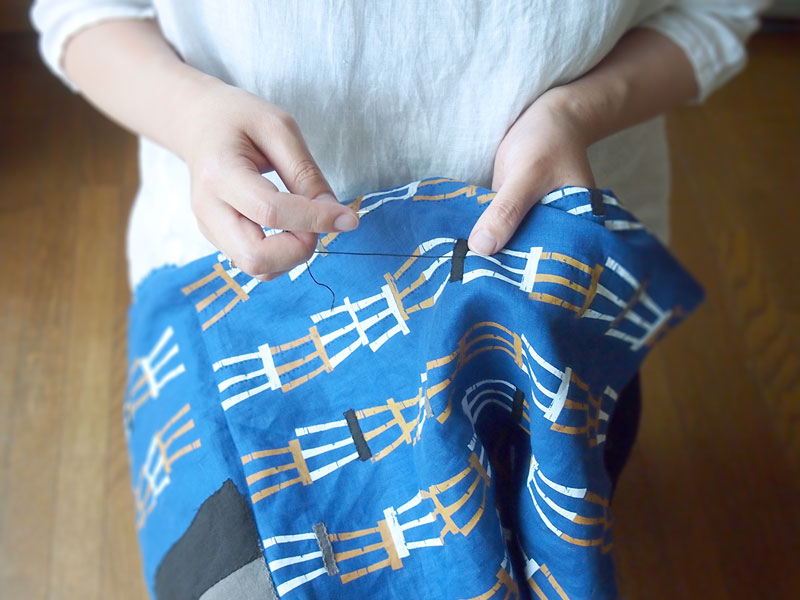
Yes. It will be held at “Café Tabiraco”, located near the nostalgic Shoin-Jinja Station on Setagaya Line. The venue, which is with good views and renovated homey interior, provides relaxed and comfortable atmosphere. The café exactly reflects the laid-back lifestyle of that area where I do work and recently called Setagaya Midtown. The first time I visited the café, I instantly thought, “This is where I want to exhibit my creations!”
I hope that many people will come to see my fabrica uka products harmonizing well with the café. I am planning to prepare a gimmick to display patterns all together. I may also have a workshop with “tayutou” fabrics there.

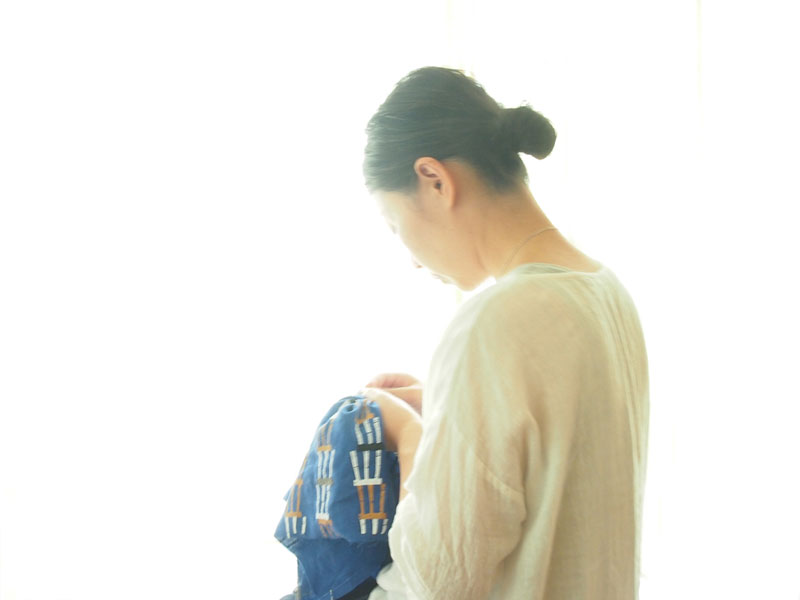
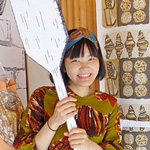 Visit Artist 016: Aco Sakamoto (Textile Designer)
Visit Artist 016: Aco Sakamoto (Textile Designer)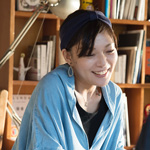 Visit artist 017: Ayano Ichiyanagi (Painter / Designer)
Visit artist 017: Ayano Ichiyanagi (Painter / Designer) Visit artist 013: Kurara Omichi (Designer)
Visit artist 013: Kurara Omichi (Designer)